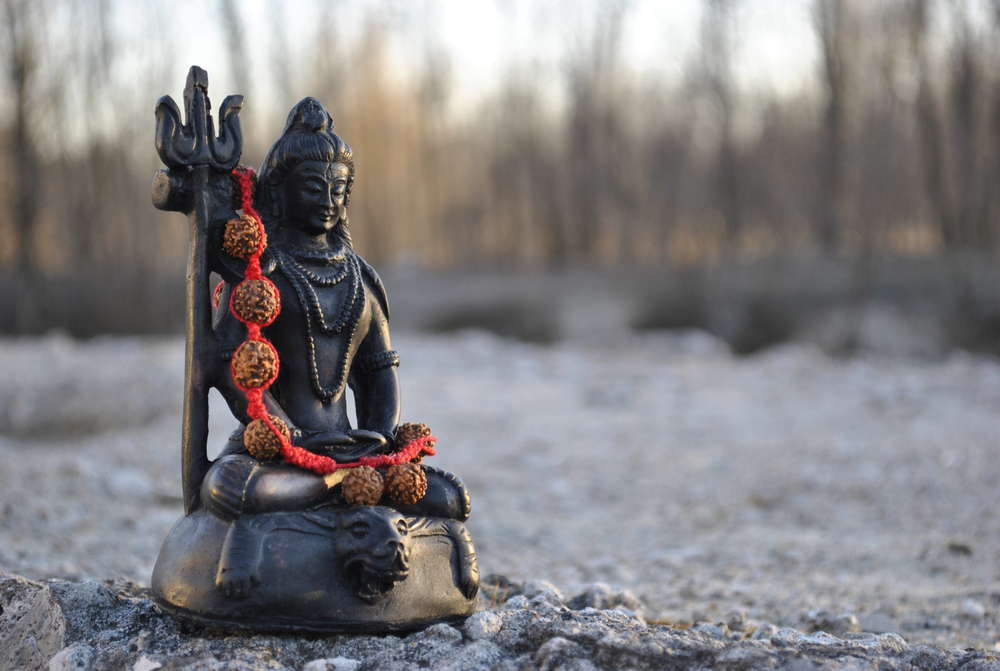Pic © Dalekyi Denys shutterstock
How many of you have tried to meditate? Sit down, close your eyes and try to keep the focus on your breathing, observe your breath, inhalation, exhalation. It sounds amazing, to be able to sit and enjoy the glory of our breath, that which keeps everything going. If you have tried it, you probably know what a difficult practice this is, keeping the focus, the concentration! We need tools & technique to help us along this process of finding our natural inner silence.
In the Vedic (and other) tradition, we are given a word or a short sentence, a mantra to focus on during meditation. The continuous repetition of this mantra is called Japa.
Our thoughts jump through seemingly different topics led from one thought to another seemingly unpredictably. Perhaps a painting on the wall across from us, makes us think of our kids learning to paint, to making a mess, to wondering if the cleaning lady will show up the following week to then thinking about numerous other appointments and we have the classic case of the runaway mind. We don’t even know what our next thought will be. A complete meandering of thoughts with no direction, although a chain reaction.
Until we are able to consciously arrest the mind’s attention and bring it back. How can we learn to direct our thinking at least for a short length of time to start with?
Japa can be a useful technique here. We exercise ‘choice’ and choose to mentally chant our mantra. We know what our next thought should be – the mantra and its sound. If something else pops up, now we know it is not the thought that should be and we can bring back the chosen thought, with a little abhyāsa, practice, of course.
Abhyāsa, according to Patañjali, only qualifies as practice if done ‘dīrgha kāla’ – over a long period of time, nairantarya – consistently and satkāra sevitaḥ – with humility and reverence. When we become competent with our Japa, we start to enjoy the silence that ensues between each mantra repetition. Because each mantra repetition is complete in itself, there is nothing linking one to the next repetition. Just the interval – silence, peace.
This silence is not something we acquire or add, but is something that is already there, it is natural. As Swami Dayananda Saraswati says – “For restlessness you have to work; you have to create a buld-up, this build up happens on its own, we don’t even know it is going on! But for peace – there is nothing to do”
With Japa, we give the mind a meaningful occupation, we create a thought, one thought. The mantra is the one thought. In between each mantra, we discover the calm silence.
As Swamiji says, “I am silence first and I am silence last, meaning that in spite of thoughts, I am silence”
A deeper meaning for Japa – ja stands for that which puts an end to the cycle of birth and death, saṃsāra and pa stands for that which removes all impurities and obstructions to knowledge, therefore making Japa an indirect means of liberation and not just a mere technique.
Inspired by a talk on Japa by Swami Dayananda Saraswati (Arsha Vidya Ashram)
108 times Japa of Oṃ namaḥ śivāya

